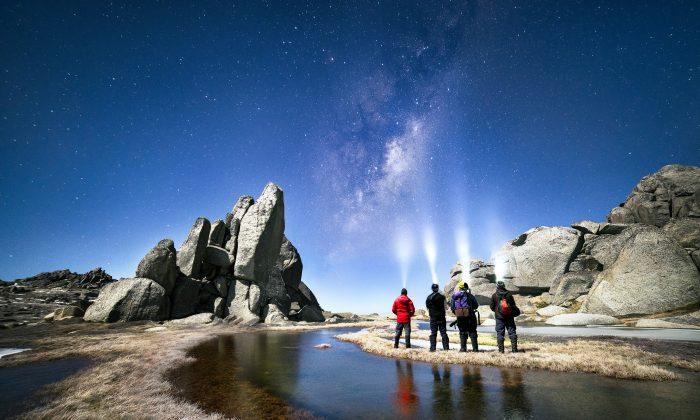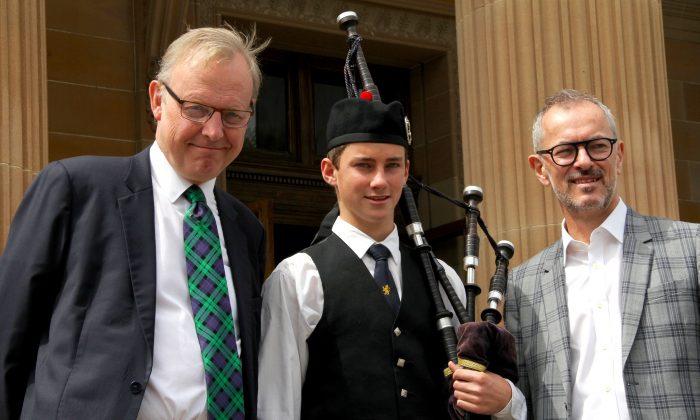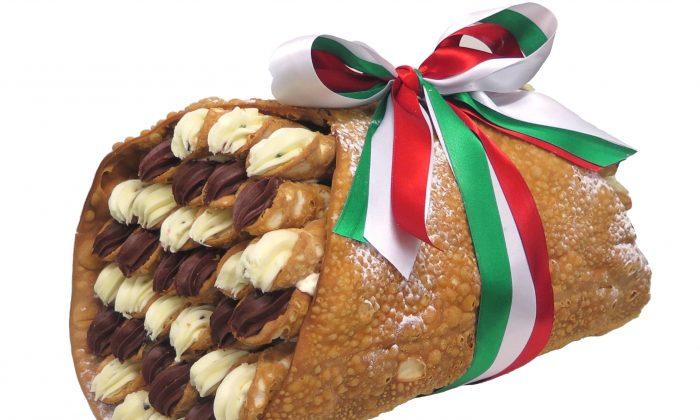The pit held 200 mostly intact torsos, 144 Buddha heads and 46 bodhisattva heads plus fragments from another 320 sculptures.
The pieces in the pit were laid east to west, with the best preserved items of limestone, white marble and granite carefully laid out in the middle and the more damaged pieces of carved wood, cast iron and pottery distributed around.
Reed mats carefully divided the layers and coins were scattered over the site indicating they were buried with some ceremony.
Although the exact reason behind the burial site is not yet understood, it is thought the pit was part of the consecrated grounds of an ancient Buddhist temple, the Longxing Temple, originally known as the Buddha Hall but now long destroyed.
The sculptures are thought to date from the sixth century AD but buried around the twelfth century. Since excavated however they have become recognised for their distinctive character, exquisite beauty and rich detailing.
Thirty five of the best preserved sculptures will be on display at the New South Wales Art Gallery from August to November under the title ‘The Lost Buddhas’.
Seven of the thirty five pieces have never been displayed in the West before and it will be the first time any of the pieces have been seen in Australia.
“The outstanding thing is the quality,” explained head curator of Asian art at the gallery, Jackie Menzies.
Before us is one of the pieces, a massive limestone stele of a Buddha and two bodhisattvas.
The Buddha is centre stage and much larger, but more simply rendered than the accompanying richly carved bodhisattvas.
He has a high ushnisha, a bump on the top of his head, which symbolises wisdom and openness as an enlightened being. His hands are held in mudras, the right in the gesture of dispelling fear, the left in the gesture of munificence or generosity.
Carved dragons writhe at the feet of the figures on either side while apsaras or flying celestial beings soar above the mandorla or almond shaped halo surrounding the figures.
At the very top of the mandorla is a small stone stupa, which Ms Menzies explains is where the previous Buddha sits to hear Shakyamuni Buddha preach his sutras or teachings.
Cosmic Buddha
She also points to the traces of gold filigree and colour still evident on the stele explaining that the preservation of original material on the Qingzou pieces is one of the distinctive features of the collection.
The stele too is beautiful, almost glowing with a translucent aura. Although incomplete, it is considered to be one of the most impressive stelae of the period.
Another feature of the exhibition is the distinctive human form of the sculptures. Before this time Buddhist sculpture had been quite rigid and stylised explained Ms Menzies but many of these pieces showed distinctly human form beneath their robes.
And yet the collection is also varied and not all the pieces are like that. Ms Menzies stopped at one piece to point out its equally distinctive stylised quality.
It was a large figure, carved in limestone, beautifully smooth except for small squares engraved into the surface exterior. Each square was a drawing representing the different heavens the Buddha presides over explained Ms Menzies.
“It is thought that this piece could be the cosmic Buddha, she said, “the engravings on his robes are all the different domains which he looks over.”
“It is quite rare to see this type of cosmic Buddha,” she added, ”They are around but you don’t see them.”
Possible Reason for Burial
While explanations vary as to why the pit and indeed the sculptures may have existed the most popular suggestion is that the sculptures were damaged in some way and in that event no longer had a religious function.
The condition of many of the pieces suggests they were originally damaged accidentally, perhaps from earthquakes or fire. Some have soot stains on them to support this idea.
Further support for this idea is the discovery that a number of pieces have been repaired several times using clamps to attach heads or broken arms. Different types of paint have also been used on different parts of the pieces
As Lukas Nickel writes in the forward to the catalogue, “It is perfectly conceivable that the monks of Longxing Temple were following customary practice,” in laying to rest damaged pieces that could no longer be worshipped.
You can see The Lost Buddhas at the Art Gallery of New South Wales from Friday 29th August until November 23.









